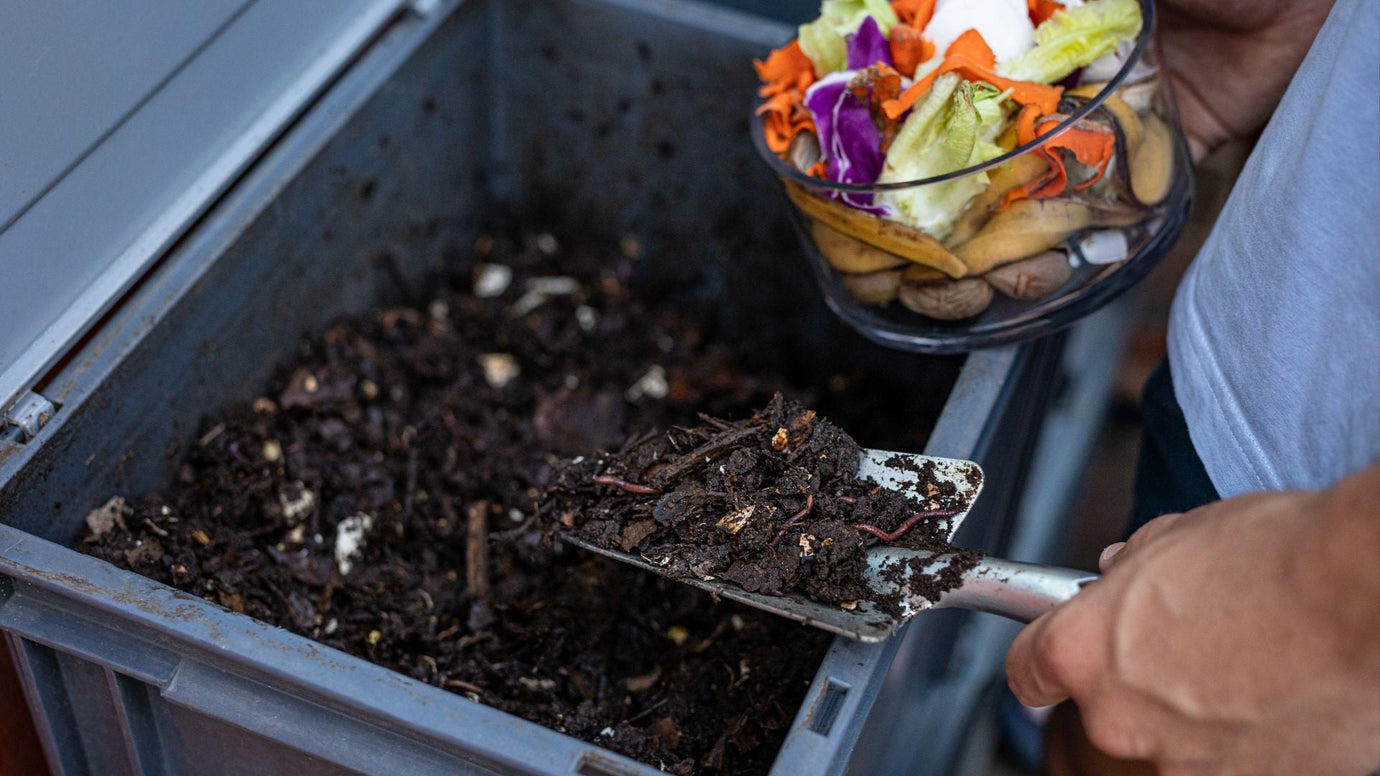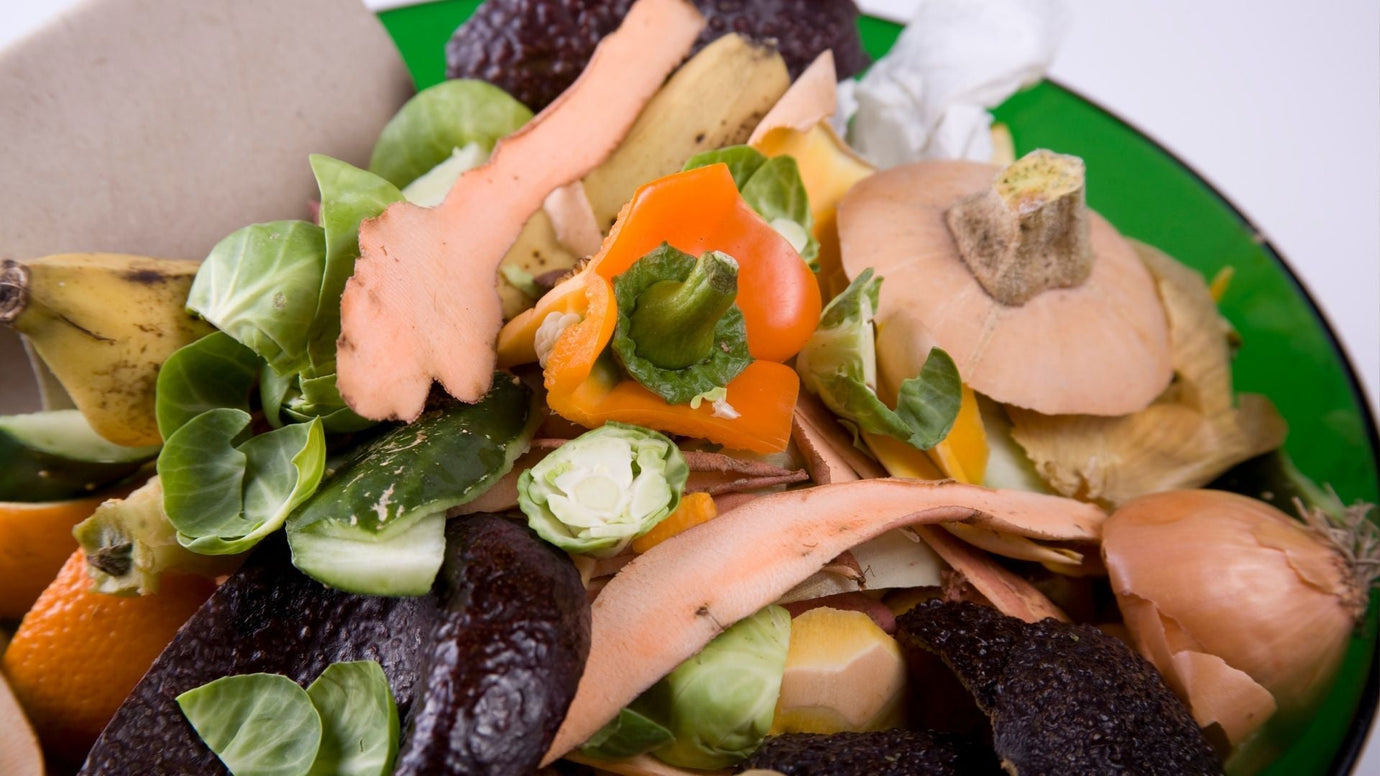What’s Inside Those Microbe Pods, and Do I Need Them for My Electric Food Composter?
If you’ve recently started using an electric composter, you’ve probably encountered microbe pods. They’re usually small, tablet-shaped inserts that go into the composter machine. Some people treat them like a must-have. Others are more skeptical and wonder if they’re just an upsell.
So, what do these pods do? Do they help break down scraps faster? Do they produce better compost output? Or can your electric food composter work just fine without them?
Let’s break it down in plain terms.
What are microbe pods?
Microbe pods are filled with a mix of beneficial bacteria and enzymes. These microbes are naturally found in soil and compost piles. In a traditional outdoor setup, they help break down organic material like fruit peels, rice, and coffee grounds.
The process is faster in an electric food composter and happens in a closed space. The microbes in these pods are designed to:
-
Kickstart decomposition
-
Break down complex food scraps
-
Control odor during the process
-
Help create a richer, more balanced compost
They’re similar to adding yeast to bread dough. It’s not required if you're using sourdough methods, but it speeds things up and makes results more consistent.
What’s inside the pod?
Each brand has its blend, but most microbe pods contain:
-
Bacillus species: These bacteria are strong decomposers. They break down starches, proteins, and fats.
-
Enzymes: These help soften food scraps quickly, especially cooked leftovers.
-
Dry base material: Usually, something like powdered rice hull or bran is used to carry the bacteria and keep them dormant until used.
When the pod is added to the machine and moisture or heat is applied, the microbes activate and digest the food.
Do you always need them?
Not necessarily. Some electric composters work just fine without any additives. If you’re mainly composting soft foods like vegetables, fruit, coffee grounds, and cooked rice, the built-in heat and grinding systems can handle it.
But here’s when the pods help:
-
You compost meat, dairy, or oily food
These break down more slowly and can cause odor if not processed properly. The microbes help manage that.
-
You’re seeing odor or poor compost results
If your compost smells sour or looks uneven, a pod can rebalance the microbial activity.
-
Your household produces scraps daily
Frequent use can strip the composter of natural bacteria over time. Reintroducing microbes keeps things moving.
-
You’re just starting out
New users might overload the machine or mix in the wrong things. Microbes can correct some of those early missteps.
Are there natural alternatives?
Yes. Some people use:
-
A spoonful of finished compost from a previous batch
-
A bit of garden soil with active microbes
-
Old-school bokashi bran
These can work in a pinch. But they’re messier, not measured, and can carry unwanted smells or pests if mishandled.
Microbe pods are measured, clean, and shelf-stable, so they’re popular for indoor use.
How often do you need to use them?
It depends on your machine and usage. Some people use one pod every 10 cycles, others once a week. Most brands will say when and how often to use them. Some machines even alert you through an app.
If you compost light scraps a few times a week, you might not need them often. But if your machine starts smelling or the compost looks off, it might be time to add one.
Are they safe?
Yes. The microbes in these pods are not harmful. They’re the same type used in garden composting, wastewater treatment, and probiotic supplements. They’re safe for pets and kids if used as directed, though you shouldn’t eat them.
Final thoughts
You don’t always need microbe pods to run your electric composter, but they help. Think of them as a boost, not a requirement. These little capsules for busy homes or kitchens that deal with tricky scraps can help keep the composting process smooth, odor-free, and consistent.
If your electric food composter is working fine, you can keep doing what you’re doing. But a microbe pod might be worth trying if you want faster results, better compost, or fewer issues.








